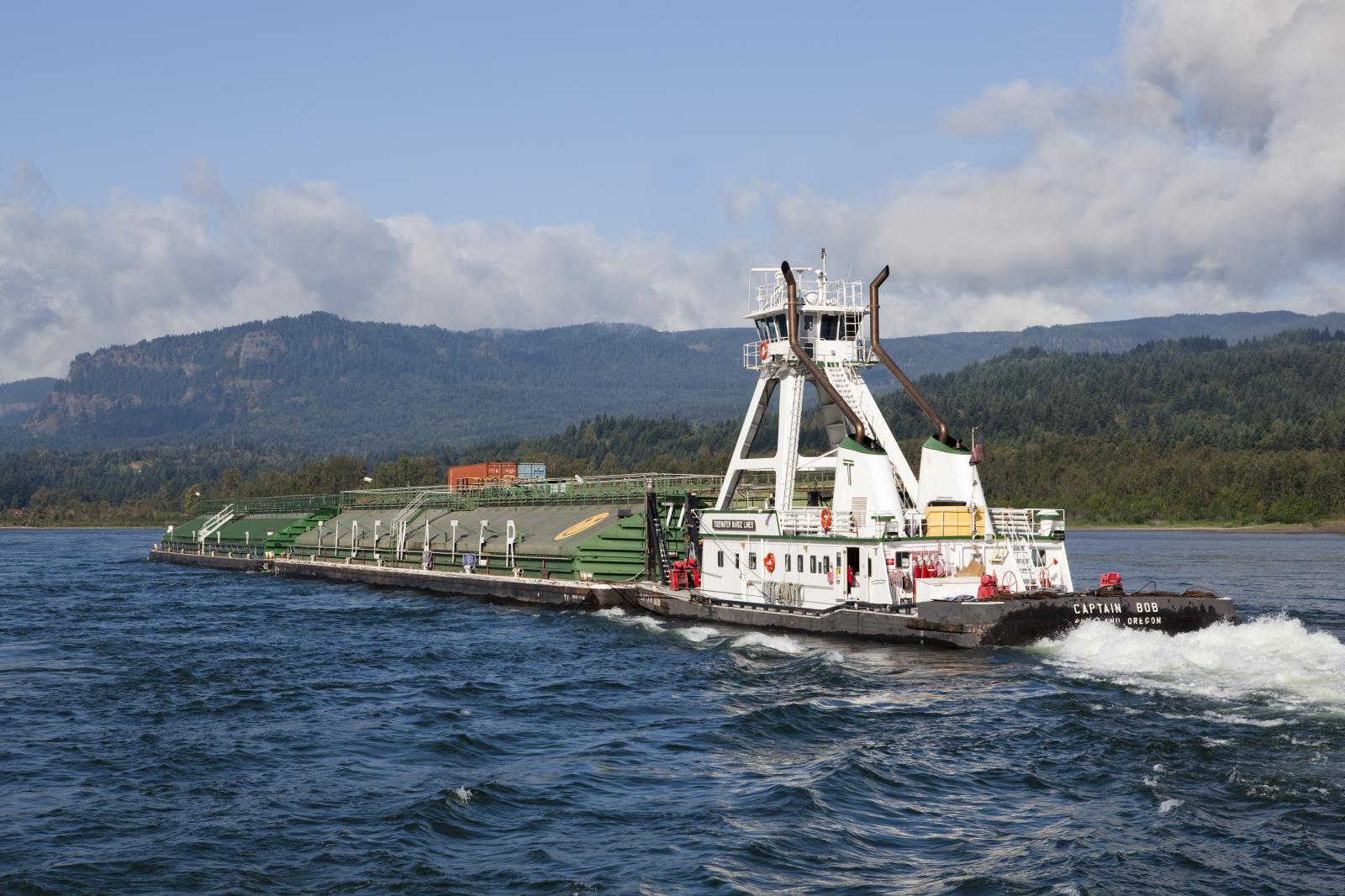Wheat farmers applaud final EIS of Columbia-Snake River system

By Sean Ellis
Idaho Farm Bureau Federation
POCATELLO – A final environmental impact statement by the U.S. Army Corps of Engineers, U.S. Bureau of Reclamation and Bonneville Power Administration reaffirmed the federal agencies’ opposition to breaching the four lower Snake River dams on the Columbia-Snake River system.
Some environmental groups support breaching the dams as a way to improve salmon runs and in response to a lawsuit brought by dam removal supporters, a federal judge ordered the federal agencies that operate the river system to review all reasonable options for operating it in order to minimize the impact on endangered salmon.
On July 31, the agencies released the final EIS and the report reaffirmed their opposition to breaching the dams. That opposition was quickly applauded by members of Idaho’s wheat industry, which is highly dependent on the Columbia-Snake River system
Wheat is the No. 1 crop in the Pacific Northwest – Idaho, Oregon and Washington – in terms of total acres and the Columbia-Snake River system is the top wheat export gateway in the United States.
About 58 percent of the nation’s wheat destined for export travels by barge through the river system, which also produces about 60 percent of the electric power used in the region.
Removing the dams would make the river system unnavigable for barges that move wheat, barley and other products to port for export.
“It’s always a relief to have those agencies reaffirm what you believe; the science is on our side,” said “Genesee” Joe Anderson, a North Idaho wheat farmer. “The Columbia-Snake system is critical to the Pacific Northwest wheat industry. The barging system allows us to have a really high level of service and efficiency for (our export customers).”
Wheat is grown in 42 of Idaho’s 44 counties and is the state’s No. 2 crop in terms of total revenue. Half of the wheat grown in Idaho is exported, almost all of it through the Columbia-Snake River system, which is the third largest grain export gateway in the world.
If the dams were breached, it would add about another 50 cents per bushel in transportation costs for PNW wheat growers, Anderson said.
“Another 50 cents a bushel for transportation costs would be quite likely and that would drive a lot of farmers out of business,” he said.
North Idaho wheat farmer Bill Flory said the EIS’ opposition to dam breaching was great news for Idaho farmers, especially wheat farmers.
If the dams were breached, “We would lose a competitive edge we have and the efficiency of moving grain by barge as opposed to by rail or truck,” he said. “Revenue per bushel would decrease and that would translate into less revenue per acre for the farmer.”
A report released in January that was commissioned by the Pacific Northwest Waterways Association found that removing the lower four dams on the Snake River would threaten the existence of at least 1,100 farms in Idaho, Washington and Oregon.
The PNWA also applauded the final EIS’ opposition to dam breaching in a news release.
“Removal of the Snake River dams would cut off trade access for our region’s farmers and severely impact their ability to efficiently and safely move their products,” the PNWA news release states.
It also noted that in 2018 alone, 149,970 trucks and 38,966 rail cars would have been needed to move the cargo that was barged on the Snake River, and that removing the dams would more than double the region’s risk of power shortages and lead to an additional 1.3 million metric tons of carbon dioxide annually.
According to the PNWA release, the EIS also found that breaching the dams would require massive investments to replace the barging system with rail and trucking infrastructure and would severely impact the cruise industry that brings an estimated 25,000 passengers up and down the river system each year.
“Removing the dams would have really broad impacts on a number of economies, not just the agricultural economy,” Flory said.
Still can't find what you are looking for? Find by topic:
- County Presidents & Board Information
- County Resource Page
- Delegate Form
- Discount Programs
- Discussion Meet
- Discussion Meet - High School
- Education Programs
- Events
- Excellence Award (YF&R)
- Expense Voucher
- Flickr
- Gem State Producer
- High School Discussion Meet
- High School Speech Contest
- Hope in Idaho Ag
- House of Delegates Credentials Form
- IFBF Board of Directors
- IFBF Staff
- Insurance
- Issue Advisory
- Legislative Action Program
- Legislative Issues
- Library
- MAC Trailer
- Magazines
- Map My Benefits
- Member Benefits
- Member Discount
- Membership Application
- Mental Health Resources
- Mission Statement
- Moving Agriculture to the Classroom
- Newsletter Sign up
- News Releases
- News Room
- Open Range Law
- Photo Contest
Thank You to Our Partners









